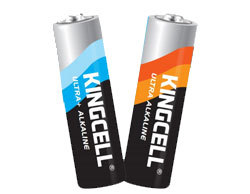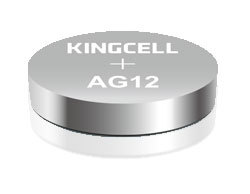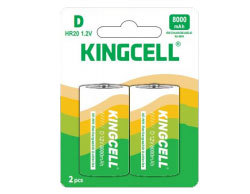How harmful is the waste battery to the environment?
Release time:
Sep 06,2019
Battery products are divided into three categories: primary dry batteries (ordinary dry batteries, which are also the most used battery), secondary dry batteries (rechargeable batteries, mainly used in mobile phones and computers, with a small total), and lead-acid batteries (mainly used in automobiles). . The primary battery is the one that is used the most, the people are most concerned, and the most reported. The main components of this battery are iron, zinc, manganese, etc., in addition to a trace amount of mercury. The mercury in the battery is an additive, even the high mercury battery, the mercury content is only one thousandth of the total battery. The domestic battery industry consumes only a dozen tons of mercury annually, which is roughly equivalent to the annual mercury content in the wastewater discharged by a mercury-method PVC, mercury-method gold smelting, or high-mercury lead-zinc mine mining and dressing enterprise. Due to the large consumption area of batteries, after mercury-containing waste batteries enter the domestic garbage treatment system, the impact on the environment is much smaller than the aforementioned impact caused by a chemical enterprise's discharge of mercury-containing wastewater. It is objectively impossible to cause damage such as Minamata ("entertainment") disease. The cause of Japan's Minamata disease is that chemical companies have discharged a large amount of mercury-containing wastewater into a river for decades, causing the mercury content in the downstream water system to exceed the standard. Caused. At present, there are no reports or scientific research materials on serious pollution caused by waste batteries at home and abroad. Fukuoka University in Japan has conducted 15 consecutive years of research, showing that mercury-containing batteries can be landfilled with domestic waste. Some reports say that batteries contain mercury, cadmium, lead, zinc and other substances. This is inaccurate. In fact, it is not necessary to add cadmium, lead, zinc and other substances in the production process of ordinary dry batteries used by the masses.
News









